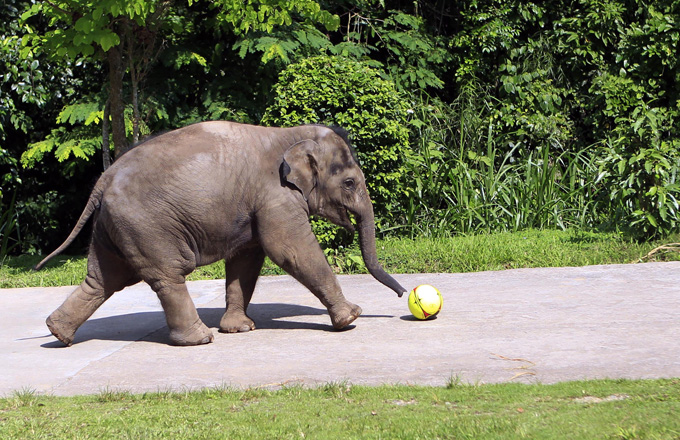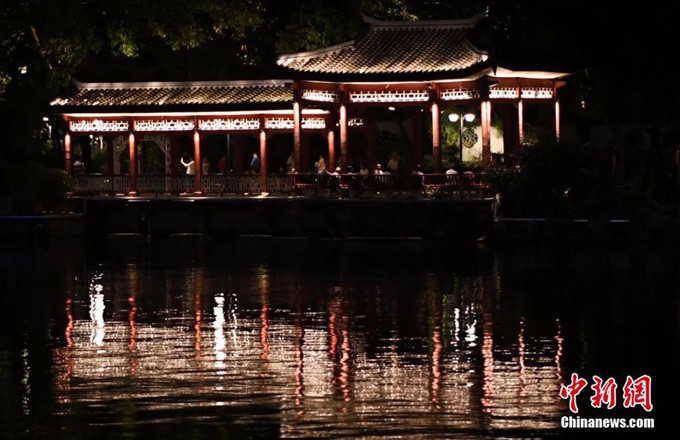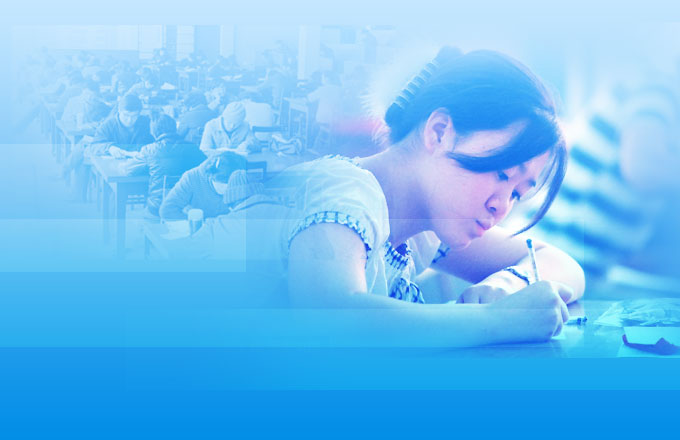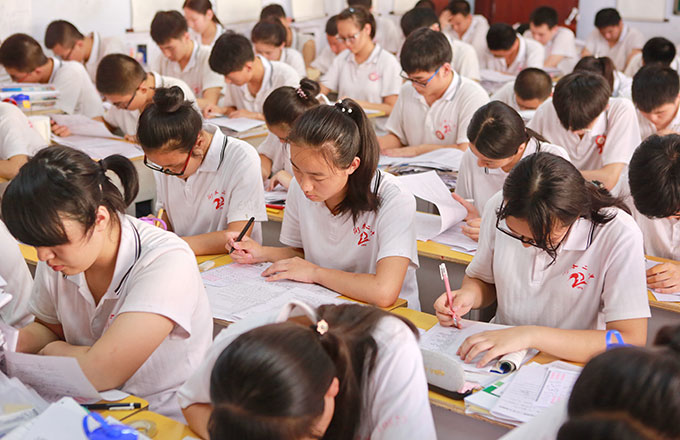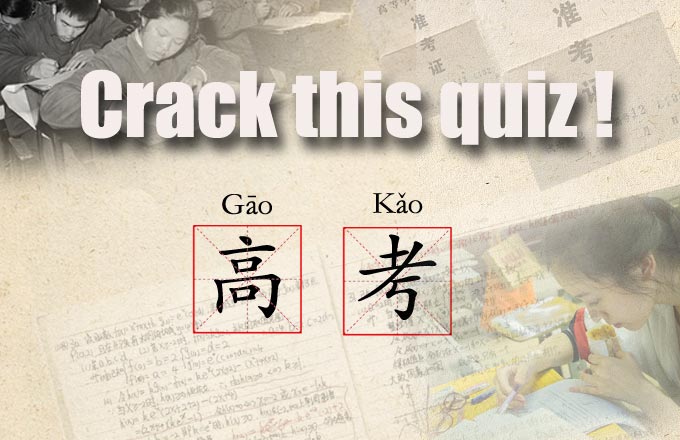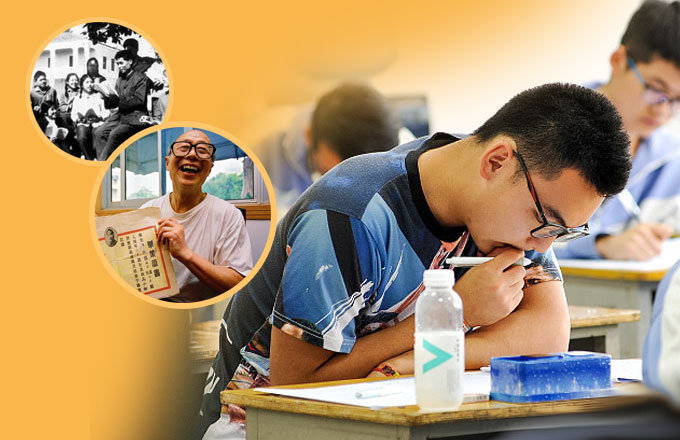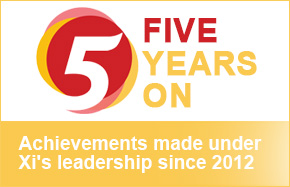Gaokao -- a 'baton' leading changes to the country
From 1978, Gan Fubao began collecting the test papers of national college entrance exam, or gaokao, every year.
Gan, who lives in Nanchang, East China's Jiangxi province, launched this quest to pay tribute to gaokao that changed his life when he was 30. He took the test in December 1977, and was admitted to Jiangxi University in 1978.
In August 1977, Deng Xiaoping, vice-premier in charge of culture and education, held a meeting with experts, including electrochemical scientist Zha Quanxing. Deng decided to resume gaokao that year at the meeting.
The resumption of gaokao after a decade-long suspension attracted more than 5.7 million applicants in 1977. The move reopened a channel for people to change their life and fate.
Many students who sat for the exam then later said the test changed their life forever. Writer Liu Zhenyun – the top scorer in arts in Henan province in 1978 - said if it were not for gaokao, he might still be carrying bricks.
Many students enrolled to a class of the Radio Engineering Department of Tsinghua University in 1978, who have become government officials, leaders of national labs and elites of Silicon Valley, believed their fates changed because of gaokao.
Along with the resumption of the gaokao, China launched the reform and opening-up. The students enrolled by colleges and universities, considered the "God's favored one", were urgently needed for the country's reconstruction.
It is hard to overstate the importance of gaokao. Students at primary schools, middle and high schools across the country all spend years preparing for that one exam.
Gaokao helps colleges and universities choose right candidates who would be engaged in the country's reform and opening-up after graduation.
Gaokao has changed a lot in the past decades, such as the scores calculation, test subjects, papers and time. The changes reflect the development of Chinese social education concepts.
Following the country's higher education reform in four decades, more colleges and universities were established; the admission rate has increased every year. This does not conflict with the selection of elites in the past through gaokao.
China needs more talent, and gaokao is not aimed at blocking some from higher education but to find right students for colleges and universities.
Every summer, gaokao attracts people's attention. There are many special things prepared for gaokao, including special rooms, cakes, porridge,etc., which shows that parents and students take it seriously.
People who are not students or parents also discuss the test papers in different provinces, regions and municipalities. Some even write articles on the exam.
China's rapid development has meant that people treat gaokao differently. Gaokao is no longer the "single-plank bridge". Now, students use their gaokao scores to apply to foreign universities.
Gaokao has started changing its past mode of deciding students' fates through a sole test. Now it comprehensively considers the quality of students in all aspects. Autonomous enrollment of colleges and universities is complement to gaokao.
The rapid development put forth new propositions. What kind of talent the era needs, how to realize the effective and rational utilization of educational resources, how to secure the education equality in rural and urban areas, eastern and western regions to the greatest extent? Being the powerful "baton," gaokao has to face the problems directly and give balanced answers.
Forty years have passed by in a flash, and some gaokao test-takers in the first batch are still working on their posts.
How lucky China is, most of the gaokao test-takers in past 40 years are either still contributing to the country's renovation on their posts or preparing to make their contributions.
Gaokao is still using its unique way to fuel the country's development.




